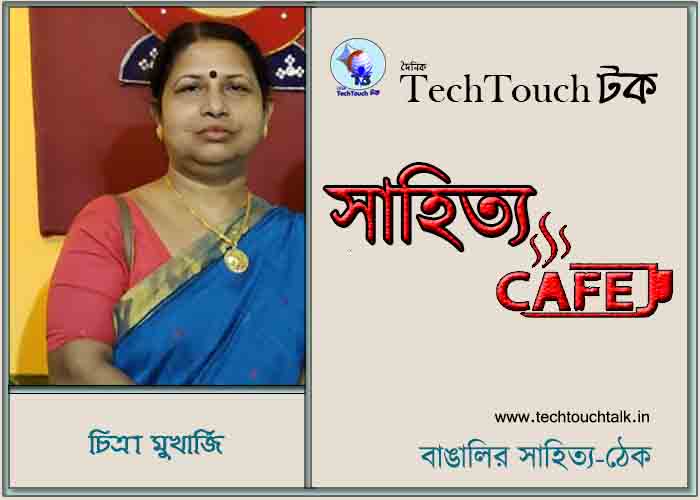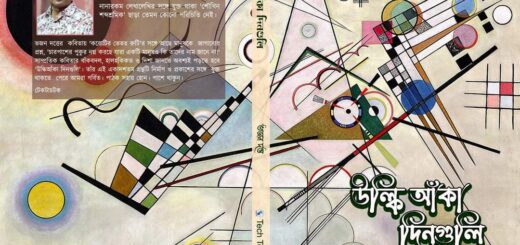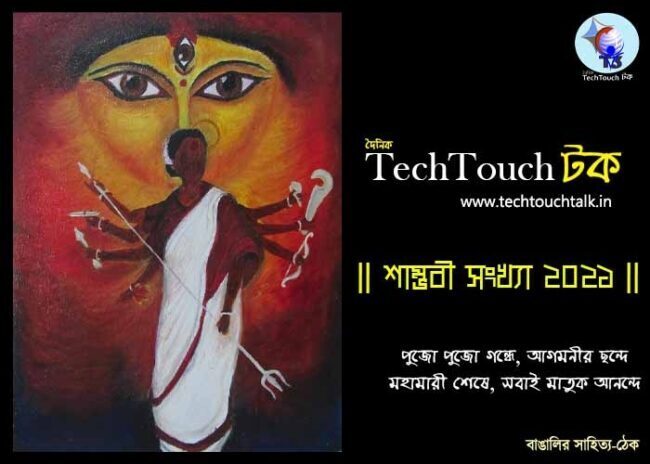Editorial

Scintillating Silhouettes of Digital Consumerism and Women’s Day (A part of one of my existing research projects)
“The paramount doctrine of the economic and technological euphoria of recent decades has been that everything depends on innovation. It was understood as desirable, and even necessary, that we should go on and on from one technological innovation to the next, which would cause the economy to “grow” and make everything better and better. This of course implied at every point a hatred of the past, of all things inherited and free. All things superseded in our progress of innovations, whatever their value might have been, were discounted as of no value at all.”
( Wendel Berry )
I would definitely like to commence this topic with a segment of my personal experience, when I was loitering inside a grotesquely designed shopping mall in Kokata. Inside a renowned gadget store I found two women bargaining for a mobile phone. One was referred to as the maidservant of the household, and the other lady was the employer, an orthopedic surgeon’s wife. The maidservant wanted a duplicate product, a carbon copy of the same mobile that her ‘madam’ had just bought. Her enthusiasm was triggered, because that digital thingamajig could allow her to impress her boyfriend with megapixelled images of her facial and bodily contours, as the mobile screen could adjust light and shadows in the pictures automatically and could eradicate physical anomalies in the photo version to the maximum limit.
A second case also captured my attention, regarding the formidable effects of digital extravaganza. During the anti-eviction movement on 30th March 2012, in Nonadanga, a place that had temporary slums and shanties, in Kasba area of Kolkata, the Bartaman (a Bengali newspaper) reported unimaginable plight of the protesters. One of the female protesters commented that, she had lost her ‘branded television and mobile set’, and claimed that, more than anything else this was an irreparable loss to her. In fact, the irreconcilable discrepancy between those who are having all the facilities in life, and those who are perpetually deprived of even the basic minimum necessities, is glaring, but consciously and subconsciously, they also desire for all the advertized, digitalized, and morphed products that can enable them to recuperate from the condition of perennial and sporadic drudgery.
A pertinent question that nudges me at this juncture is that what is the digital debate all about? Is it, in any way, trying to subvert all the preconceived notions about the welfare and lifestyle of these destitute, the lower class women, or, is the digital revolution, in some way, embarking upon a catastrophic journey to fabricate a world of temporary illusion for them, where these mason-women, rag-pickers, domestic maidservants, female tea-stall owners, poultry retainers, tea-garden laborers, municipality scavengers, part-time ‘ayah’s (untrained nursing helps), milk-maids, and female construction workers are entrapped into the computerized marketing procedures, billboards with swanky gadgets displayed on them, the spicy concoctions which promise to make their bland dishes delectable, essentially make them oblivious of the multiple faces of poverty and the relentless struggle with a drunkard husband, a debauch male partner, or their sultry afternoons and insipid nights at the red light areas of Kolkata.
Commercial television channels have intrinsically infringed as the by-products and disseminators of a very complicated concept of modernization and urbanization, and they have penetrated even the remotest parts of West Bengal and other surrounding areas. The behavioral patterns, psychological framework and the idea about their own ‘body’ have inculcated in these lower-class women, an urge to have the most glistening of all beauty products, fairness creams that will boost their confidence and somehow allow them to progress a step further in the social hierarchy and ‘look’ like the middle class, well-to-do females. Images used in print media, magazine covers, advertisement of multinational products, and a complete flourishing of technology and scientific innovations have created a hyper-real world for these women, who fail to differentiate between the glittering tinsel world, and the position they occupy in the overall social structure.
If we scrutinize the temporary consequences, as well as the concrete impact of the digital or the cyber cataclysm on Kolkata’s culture of servitude, it is revealed that, although the maidservants, domestic workers, and part time or full time helpers are considered to be an integral part of the ‘bhadralok’( a parochial view of part of the educated middle class Bengali people), disparities still remain, and Indrani Sen has contemplated in her book Are You Being Served that the television and ultramodern marketing strategies have almost blurred the distinction between the employers and the employed, where, even if the actual picture remains the archetypal- they eat, but only after we have finished our food, they also participate in our family drama, although they are relegated to the role of bit players. For recognizing one aspect of the digital deliberations, it can be said that, for these women who generally belong to the marginal, non-advantaged positions of the society, the irresistible temptation of a luxurious lifestyle, computer, internet, laptops, tablets, wi-fi connectivity, motorcycles, lipsticks, LCDs, LEDs, data cards, supersonic channel loaders, computer courses, and even getting admitted in some discounted spoken English lessons at the end of their daily activities, in reality, portray the unmitigated onslaught of the frantic fatality of globalization and digital excess, and how these women remain vulnerable to these. The digital flirtations emphasize not just a spatial or temporal shift for these women whose roles have been traditionally selected, codified, structured and socially demarcated as less significant or mediocre, or secondary among the more educated, privileged or economically solvent females, but a conspicuous truth is also laid bare about their newly-achieved positions. The incessant dichotomy between the ‘central’ and ‘peripheral’ space which these women occupy, and the whirlpool of numerous complexities that affect these women, is really to be examined by us, before we usher in another grand celebration of the National Women’s Day this year. The valorizing of unprecedented digital connectivity and networking destabilizes and reprimands the social disparities among these subordinate class workers who actually create and recreate, capture and recapture their moulded ‘images’ as they wanted them to be. To present themselves in shades of shimmering pink photo-arts, to wrap their discomfitures in marvelous salwar suits (although, for most of the domestic staffs, they come as second-hand, used material from their employers!) is an extraordinary achievement for them. Their physical, mental scars, all of their social aberrations are then teased at, and finally devoured by the more rhythmic inclusion and tempo of the new cyber mania, recorded and transmitted through money, a new wave of collective Capitalism where the binaries of deformity no longer exist, but a promotional courage ratify these women to be in their new ‘avatar’s, in semblance with the larger circle of others.
Digital insurgency is a continuous process and more than a debate, it can be considered to be an incredible phenomenon that has multifarious consequences; both the positive and the negative aspects jostle for identification, and the collective synthesis is almost impossible. What remains is a fragmented kaleidoscope of azure, white, crimson, magenta, turquoise female faces that salute the disheveled clouds of modernity and civilization, their hearts pulsating, their nimble fingers embracing one, two, three, four-bit, byte, megabytes and infinity…


















